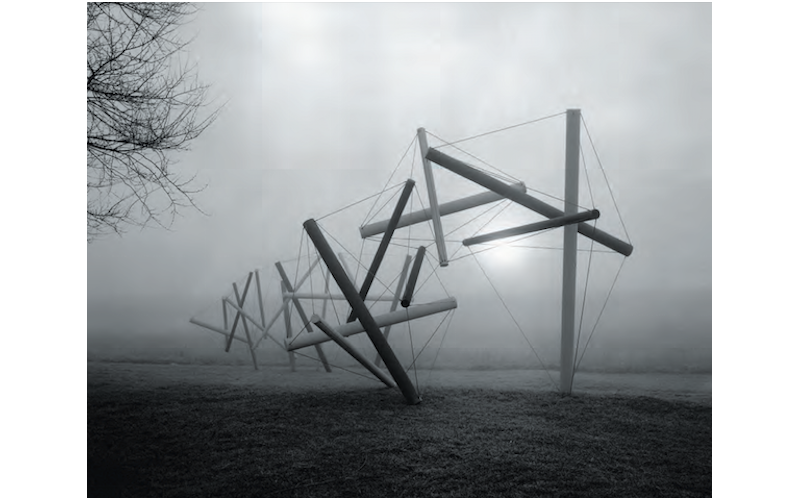
Dissected anatomy reduces function to crude levers, fulcrums and actuator biomechanics. Dissected anatomy and related biomechanical principles are attractive because they are easy to model, measure and describe in familiar mechanical terms. This approach is at best – incomplete.


Long before dissection in the West had fragmented the architecture of the body, and created this anatomical and functional caricature, Chinese and Vedic scholars had elaborated systems for understanding and representing the energetic and material architecture of the body as a whole. Typical representations of these systems include interconnected lines populated with points of varying densities and significance which depict a totality of energetic flow, connections, relationships and functions within the organism.

These ancient systems are not whimsical fabrications, they are the result of rigorous introspective, diagnostic and therapeutic practices subject to reappraisal over thousands of years.
In recent times, researchers of complementary medicine and scholars of traditional medicine have begun to elucidate possible correlations between biomedical science and pre-scientific systems.
For example the chakras (their earliest mention is found in the Vedas 1700 BCE – 1100 BCE) correspond reasonably well with endocrine glands and the autonomic nervous system. Another example is the Chinese medical conception of the Kidney as governing bone – it turns out, that kidneys synthesise erythropoetin which is essential for red blood cell production in bone marrow.
We are also seeing the emergence of biological models which recognise the limitations of the subtractive dissection of the musculoskeletal system and reflect the material continuity of the organism. These biological models have been strongly influenced by recent developments in our understanding of fascia. Fascia provides a material basis for body-wide continuity and architectural unity. Fascia is radically transforming our conception of the organism and re-situating the organism within its architecture.
WARNING:
THE READ MORE SECTION BELOW CONTAINS ANATOMICAL PHOTOGRAPHS OF DISSECTED HUMAN TISSUE
read more >

This shift can be expressed as a conceptual reorientation from where to how. The location of a structure becomes more meaningful when we consider how these structures relate and connect – in terms of their functionality. This conceptual shift is influencing medical specialisations including sports medicine, clinical anatomy and biomechanics, pain management, orthopaedic surgery and oncology.
It is worth noting that osteopaths have a long history and continuous relationship with the therapeutic and functional significance of fascia – indeed they have long regarded it as part of an indivisible triune – the neuromyofascial unit.
This new focus on material continuity, widespread connectivity and the ubiquity of connective tissue is more consistent with our lived experience of embodiment – as transparent and seamless.
FEATURED IMAGE:
Kenneth Snelson. Kenneth Snelson; Art and Ideas (2013).
